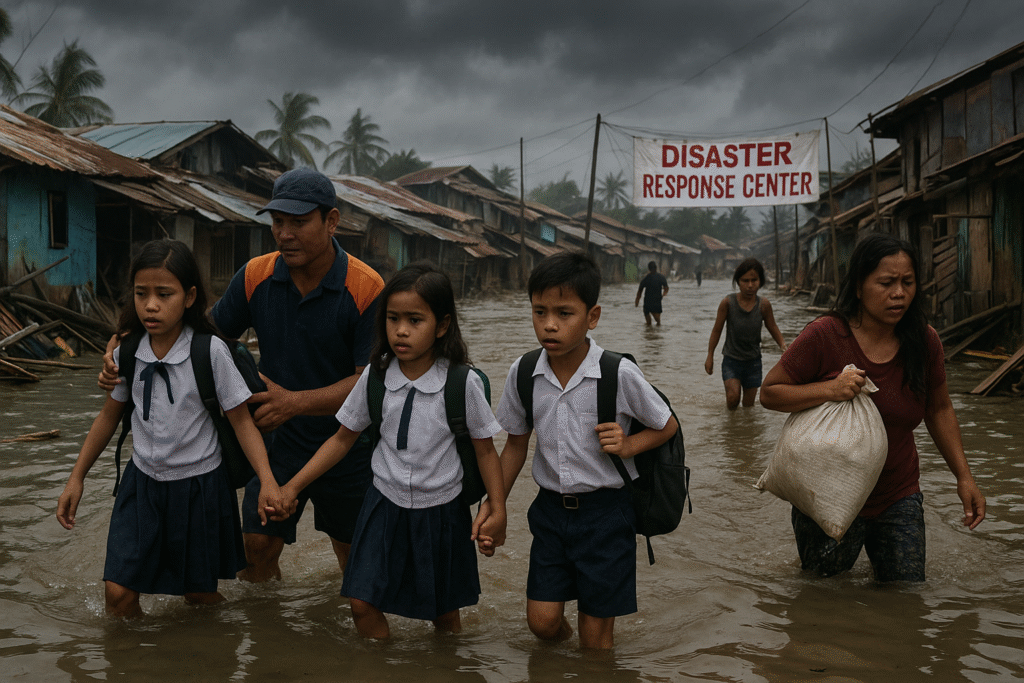Philippines Among Top 10 Countries Most Affected by Extreme Weather Events

The Philippines has been ranked as the 10th most affected country by extreme weather events over the past three decades, according to the newly released Climate Risk Index 2025 by Germanwatch, an independent environmental think tank. The report places the archipelago alongside countries like Haiti, Pakistan, and Myanmar, underscoring the escalating vulnerability of developing nations to climate-induced disasters.
The index evaluates nations based on the frequency and severity of weather-related events such as typhoons, floods, droughts, and heatwaves, and their impacts on lives and economic losses. From 1994 to 2023, the Philippines recorded hundreds of devastating typhoons, including Super Typhoon Yolanda (Haiyan) in 2013 and recent intensified storms that caused billions in damage and claimed thousands of lives.
“This ranking is a wake-up call,” said Dr. Leonor Santos, a climate policy expert at the University of the Philippines. “Despite improved early warning systems and disaster response, we remain extremely vulnerable due to our geography and socioeconomic conditions.”
In 2024 alone, the country experienced over 20 tropical cyclones, with at least five categorized as severe. The average annual losses due to weather-related disasters are estimated at PHP 150 billion, affecting key sectors such as agriculture, infrastructure, and tourism.
The Department of Environment and Natural Resources (DENR) and the Climate Change Commission (CCC) reaffirmed the government’s commitment to bolstering climate resilience. The Marcos administration has allocated ₱1 trillion in the 2025 budget for climate adaptation and mitigation programs—a record-high investment aimed at enhancing community preparedness, building resilient infrastructure, and supporting renewable energy initiatives.
Climate activists, however, stress the need for urgency and inclusive implementation. “We need localized climate action plans that directly involve vulnerable communities,” said Mika Alonzo of Youth for Climate Justice.
With sea levels rising and typhoons growing stronger, experts emphasize that the fight against climate change must go beyond policy. It requires behavioral change, grassroots empowerment, and international cooperation.
As the nation grapples with increasing climate threats, the call to act boldly and swiftly has never been more urgent.

